Academic Lineage of Gordon E. Swaters, PhD
There is a natural curiosity to know the history of
the intellectual tradition that helped to form us as scholars. This is
particularly true when, as is in my case, the person we studied under is an exceptional
academic and a warm and generous person. Of course, it is also true that there
are many other colleagues that have had an impact on our intellectual
development. Nevertheless, the relationship between the research supervisor and
student can be tremendously profound and can set the stage for the academic
work we do later and the integrity with which we act as professionals and
teachers. In part, my efforts here have been motivated by the Mathematics Genealogy Project, which
is trying to “compile information about all the mathematicians of the world.”
 Gordon Edwin Swaters
Gordon Edwin Swaters
(Born 1954 in Brockville, Canada). Undergraduate education was at the University
of Waterloo, Canada where Dr. Swaters graduated with
the Honours B. Math. in Applied Mathematics in 1978. From 1979 until 1981,
Dr. Swaters was a Staff Researcher with the Centre for Cold Oceans Resources Engineering located at Memorial University in St. John's, Newfoundland, Canada.
Graduate study at the University of British Columbia, Canada where he obtained the PhD in
applied mathematics and physical oceanography under the supervision of
Professor Lawrence Mysak, CM, FRSC in 1985.
Dr. Swaters's graduate research was awarded the Graduate Student Prize in 1984 by the Canadian
Meteorological and Oceanographic Society.
Post-doctoral study at the Massachusetts
Institute of Technology, USA in the Department of Earth, Atmospheric and
Planetary Sciences under the supervision of Professor Glenn R. Flierl (who
himself graduated under the supervision of Professor Allan Robinson at Harvard University – see below).
Dr. Swaters was appointed Assistant Professor in 1986, received early tenure in 1989,
and was promoted to Professor in 1993 in the Department of Mathematics at the University of Alberta.
Professor Swaters received the 2007 CAIMS*SCMAI Research Prize from the Canadian Applied and Industrial Mathematics Society
for “… original applications of mathematics to physical oceanography and his fundamental research on geophysical fluid dynamics”
and the 1994 President’s Prize from the Canadian Meteorological and Oceanographic Society for
“… outstanding contributions to ocean and atmospheric dynamics.
His work has identified a new class of current instabilities of relevance to the complex development of oceanic currents.”
Within the University of Alberta, Dr. Swaters received the Faculty of Science Research Award,
the McCalla Research Professorship and the Killam Annual Professorship. The University of Alberta, in 1998 and again in 2001, recognized Dr. Swaters's
research group as an "Established Area of Research Excellence." Additionally, Dr. Swaters served the
University of Alberta as President of, and Lead Negotiator for, the Association of Academic Staff, Project Coordinator for the Faculty of Science,
Director of the Applied Mathematics Institute, President of the Faculty Club, Associate Chair of Mathematical and Statistical Sciences (Graduate Studies & Research),
and Associate Director of the Institute for Geophysical Research.
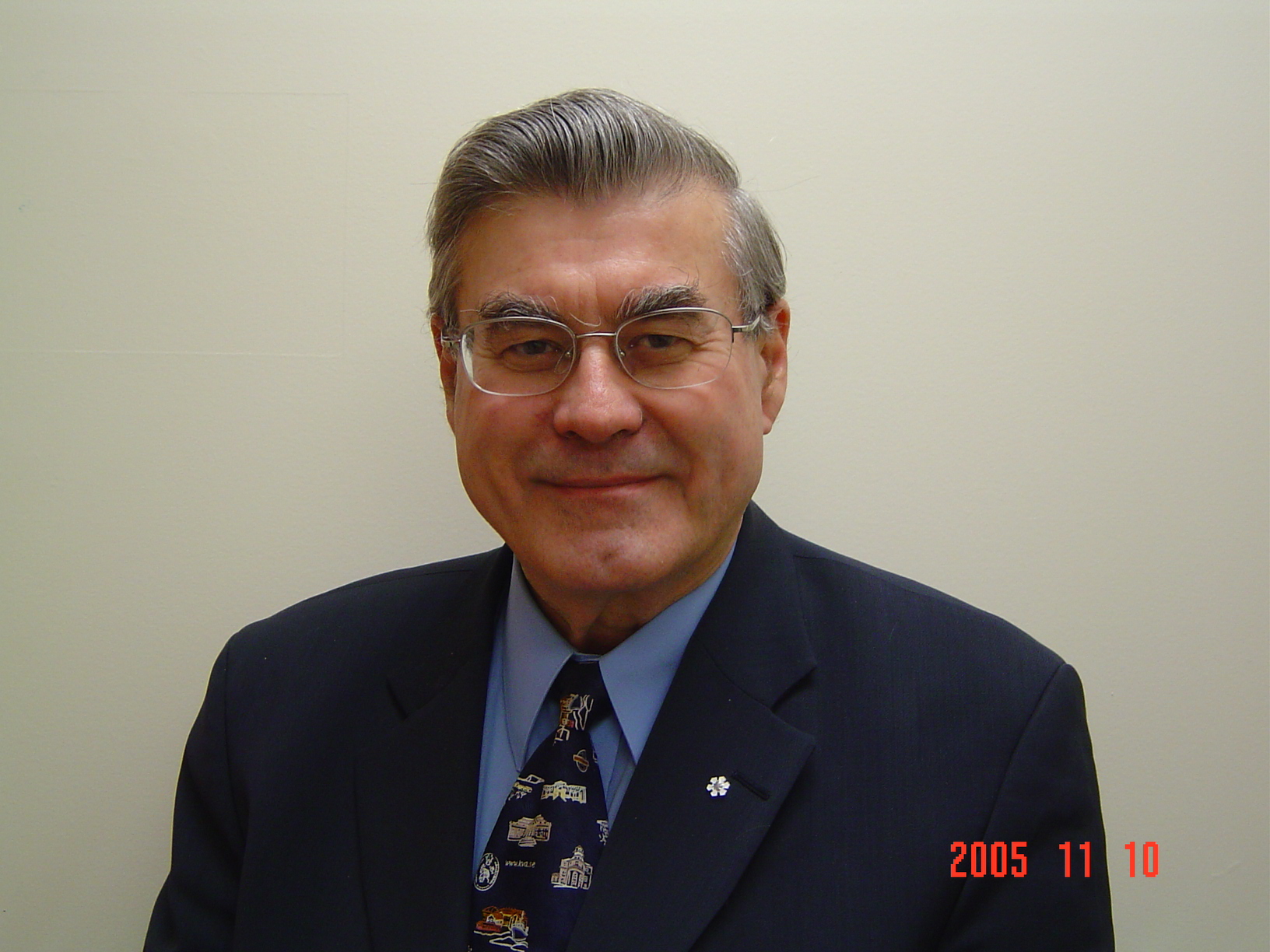 Lawrence Alexander Mysak,
CM, FRSC
Lawrence Alexander Mysak,
CM, FRSC
(Born 1940 in Saskatoon, Canada).
Dr. Mysak’s undergraduate education was at the University of Alberta,
Canada
where he graduated with the Associate of Music Diploma (flutist performer) in
1960, and BSc (applied mathematics) in 1961, both with first class honours. He
did post-graduate study at the University of
Adelaide, Australia under the supervision of Professor George Szekeres
where he obtained the MSc in Mathematics in 1963 for work in gravitational
physics. Subsequently, Dr. Mysak did graduate research at Harvard University,
under the supervision of Professor Allan R. Robinson, where he obtained the AM
degree (applied mathematics) in 1964, and the PhD (applied mathematics,
engineering science and geophysical fluid dynamics) in 1967. From 1967 until
1986, Professor Mysak held academic positions at the University of British
Columbia, becoming Professor of Applied
Mathematics in 1976. In 1986, Professor Mysak was appointed Professor at McGill University
and has held, since 1989, the prestigious Canada Steamship Lines Professorship
of Meteorology. Professor Lawrence Mysak is an internationally acknowledged
applied mathematician, oceanographer and climate scientist for his research on
the interactions between the atmosphere, the ocean,
sea ice, mainly at the decadal time scale. Professor Mysak holds numerous
distinctions for his outstanding scholarship including Member of the Order of
Canada (1996) for “pioneering work in climatology, mathematics and
oceanography, and his accomplishments as a gifted team builder in founding the
McGill Centre for Climate and Global Change Research and serving as President
of the Academy of Science of the Royal Society of Canada” and Fellow of the
Royal Society of Canada (1986) for “notable contributions in the application of
mathematical techniques to oceanographic problems.”
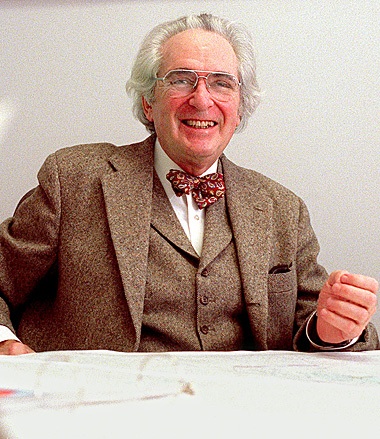 Allan
Richard Robinson
Allan
Richard Robinson
(Born 1932 in Lynn, Massachusetts, Died 2009 in
Cambridge, Massachusetts). Professor Robinson’s academic
degrees are all from Harvard
University where he
obtained the PhD in Physics in 1959 under the supervision of Professor George
F. Carrier. At the time of his death, Professor Robinson was the Gordon McKay
Professor of Geophysical Fluid Dynamics, Emeritus in the School of Engineering
and Applied Sciences and the Department of Earth and Planetary Sciences at Harvard University, where he had served as the
Director of the Center for Earth and Planetary Sciences and the Chairman of the
Committee on Oceanography. Professor Robinson is recognized as a founding
father of geophysical fluid dynamics and was a pioneer of theoretical and
numerical ocean modelling, making major contributions to fundamental physical
and interdisciplinary ocean science and dynamics. Professor Robinson is a
Fellow of the American
Academy of Arts and
Sciences, the American Association for the Advancement of Science, and the
American Geophysical Union.
·
Obituary
published by the School of Engineering and Applied Sciences at Harvard
University.
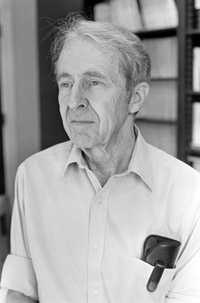 George Francis Carrier,
NAS
George Francis Carrier,
NAS
(Born 1918, Died 2002). Professor
Carrier is recognized as one of the greatest applied mathematicians of the 20th
century. Dr. Carrier’s academic degrees
are all from Cornell
University where he
obtained the PhD in Mechanics in 1944 under the supervision of Professor J.
Norman Goodier. From 1945 until 1952, Dr. Carrier was Professor at Brown University.
In 1952, he joined Harvard
University, initially
appointed as George Mackay Professor of Mechanical Engineering. In 1972, Harvard University named Professor Carrier to
the T. Jefferson Coolidge Chair in Applied Mathematics, which he held until his
death. Professor Carrier held numerous distinctions for his outstanding
scholarship including Member of the US National Academy of Sciences (1967) and
the US National Medal of Science (1990). Professor Carrier was awarded the Timoshenko
Medal by the American Society of Mechanical Engineers in 1978.
Additional biographical information can found at the
following link:
·
Obituary
published in the Society of Industrial and Applied Mathematics (SIAM) News.
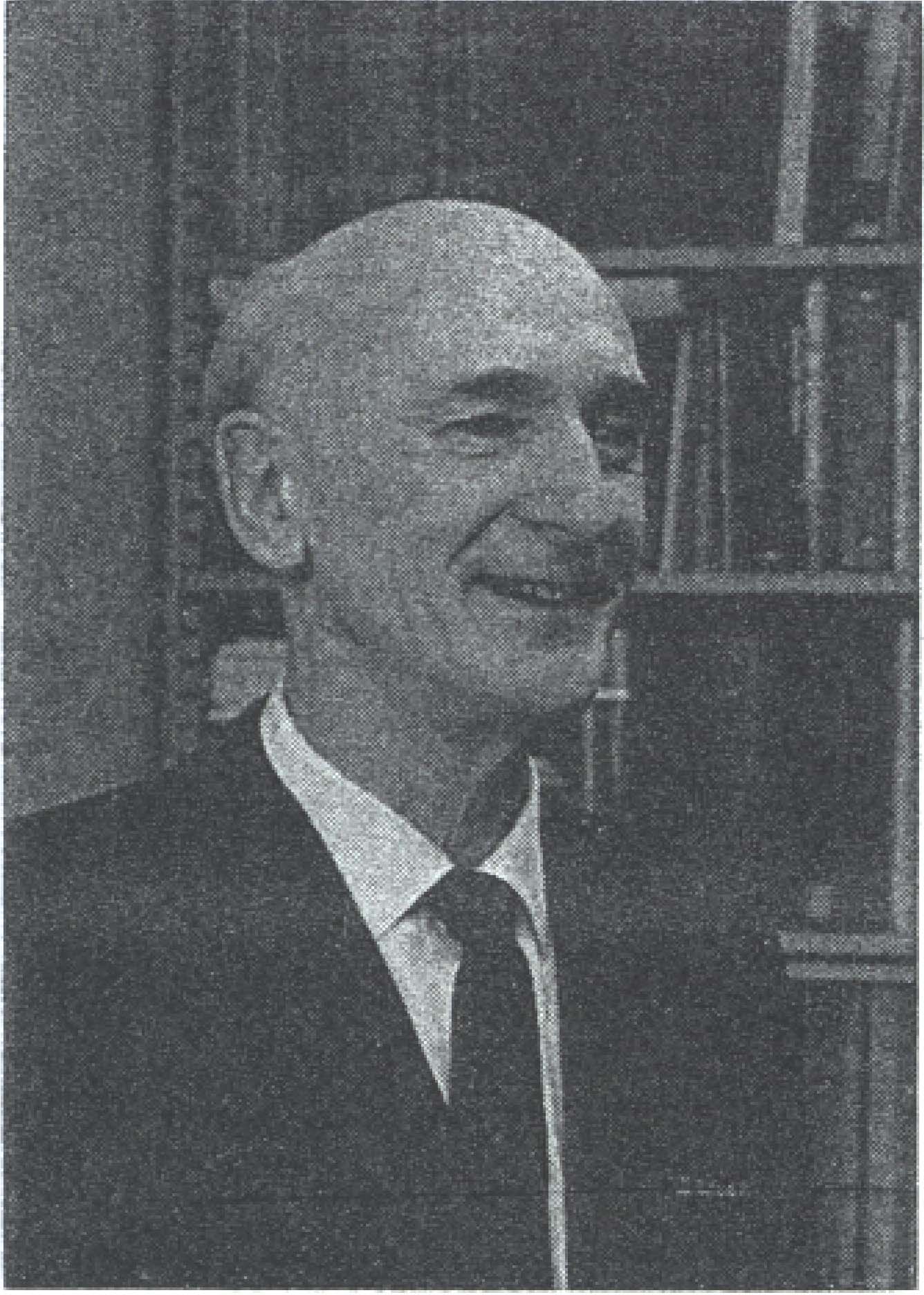 James Norman Goodier
James Norman Goodier
(Born 1905 in England, Died 1969 in USA).
Dr. Goodier’s undergraduate education was at University of Cambridge, UK where he obtained the BA in
Engineering with first class honours in 1927. Dr. Goodier remained at Cambridge for a short time
(1927-29) studying with Professor Sir Charles
Edward Inglis, OBE, FRS
(Born 1875, Died 1952. Professor Sir Inglis was Head of the Department of
Engineering at Cambridge
University from 1919
until 1943 and did not have the PhD). Subsequently, Dr. Goodier did his
graduate study at the University
of Michigan under the
supervision of Professor S. P. Timoshenko. Simultaneously
awarded the PhD (from the University of Cambridge) and the ScD (from the
University of Michigan) in 1931. That same year Dr. Goodier married
Mariana Timoshenko, daughter of Professor Timoshenko. From 1931 until 1938 he
was a Research Fellow at the Ontario Research Foundation in Toronto, Canada
working in Applied Mechanics. In 1938, Dr. Goodier moved to Cornell University
as Professor of Applied Mechanics. In 1947, he moved to Stanford University
where he became Chairman of the Division of Engineering Mechanics from 1954
until 1965. He is credited with building Stanford’s widely acclaimed group in
applied mechanics. Professor Goodier was awarded the Timoshenko Medal in 1961.
Additional biographical information can found at the
following link:
·
Memorial
Resolution from Stanford University.
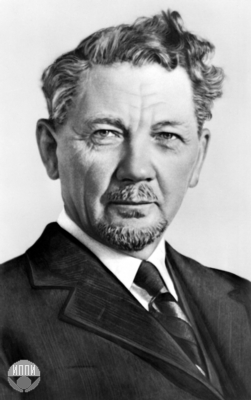 Stephen Prokofyevich
Timoshenko, RAS, FRS, NAS
Stephen Prokofyevich
Timoshenko, RAS, FRS, NAS
(Born 1878 in Ukraine, Died 1972 in Germany).
Professor Timoshenko was one of the “giants” of 20th century
theoretical and applied mechanics. His early academic training was at
engineering schools in Russia.
Dr. Timoshenko held many academic and professional positions in Europe and the US including Professor of Theoretical &
Applied Mechanics at the University of
Michigan (1927-1936) and Stanford University (1936-1944), thereafter he
“retired.” He received numerous academic awards including Foreign and
Corresponding Member of the Russian
Academy of Sciences
(1928), Member of the US National Academy of Sciences (1941) and Foreign Member
of the Royal Society (1944). Professor Timoshenko was awarded the inaugural Timoshenko Medal in 1957.
Additional biographical information can be found at
the following links:
·
FRS
Citation for S. P. Timoshenko.
·
Biography
from the Saint Petersburg Polytechnic University.
·
Excerpts
from Timoshenko’s autobiography As I
Remember (Van Nostrand, New York, 1968).
·
Biographical
Memoir from the US Academy of Sciences.
·
Memorial
Resolution from Stanford University.
·
Biographical
Memoir from the Royal Society.
·
History
of the Strength of Materials by S. P. Timoshenko (Dover, New
York, 1983) originally (McGraw-Hill, New York, 1953).
There appears to be some confusion about who exactly Timoshenko’s PhD advisor was. Stanford University’s
Memorial Resolution (see above) says Timoshenko “did advanced studies in Germany at the Munich Polytechnic Institute and
at the University
of Göttingen, from which
he graduated in 1905.” The Royal Society’s Biographical Memoir (see above) says
that Timoshenko did his “graduate study in Germany
… under Prandtl’s direction” and that he “graduated from the University of Göttingen
in 1906.” The Biographical Memoir from the US Academy of Sciences (see above)
says that Timoshenko “worked at the Saint Petersburg Polytechnical Institute
under Victor
Lvovich Kirpichov from 1903 until 1906. In 1905 he was sent for one
year to the University of
Göttingen where he worked under Ludwig
Prandtl. The Saint
Petersburg Polytechnic
University’s biography
for Timoshenko (see above) says that he “defended a thesis in 1907 at the Kiev
Polytechnical Institute.” Timoshenko’s autobiography entitled As I Remember seems to make quite clear
the profound impact August Föppl (located at the Munich Polytechnic Institute)
and Ludwig Prandtl and Felix Klein (both located at the University of
Göttingen), and others in Germany, had on him. Notwithstanding the uncertainty,
the biographical information and his own words suggest that it is appropriate
to conclude that Ludwig Prandtl was Professor Timoshenko’s true intellectual
mentor.
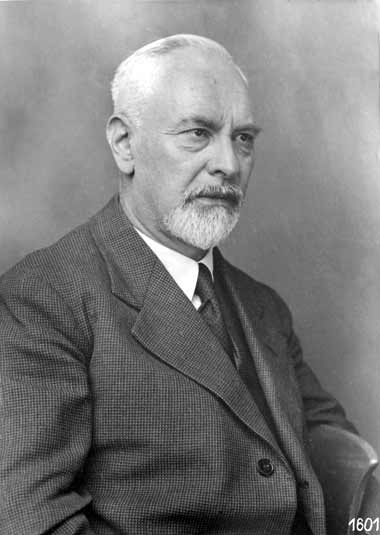 Ludwig
Prandtl, FRS
Ludwig
Prandtl, FRS
(Born 1875, Died 1953). One of the most preeminent fluid dynamists of the 20th
century. Professor Prandtl entered the University of Munich
as an undergraduate student in 1894 and graduated in 1899 with the PhD in
Mechanics (Prandtl’s thesis was on the lateral buckling of beams) under the
supervision of Professor August O. Föppl. Professor Prandtl
was a pioneer of aerodynamics, and developed the mathematical basis for the
fundamental principles of subsonic aerodynamics in the 1920s. His studies
identified the boundary
layer, thin-airfoils, and lifting-line theories. Professor Prandtl was
elected Foreign Member of the Royal Society in 1928.
Additional biographical information can found at the
following links:
·
FRS
Citation for Ludwig Prandtl
·
Biographical
Memoir from the Royal Society.
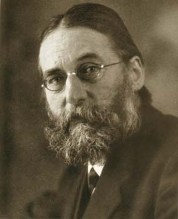 August Otto Föppl
August Otto Föppl
(Born 1854, Died 1924). Professor
August Föppl obtained the PhD from the University of Leipzig in 1886. Professor
August Föppl was elected to the professorial chair in Engineering Mechanics at
the University of Munich (then the Munich Polytechnic) in 1894 and remained
there until 1921 (his son Carl Ludvig Föppl succeeded him in the Chair in
1922). He published several influential papers on space structures. His book Introduction to Maxwell’s Theory of
Electricity is known to have had an impact on Einstein. In addition to
being his PhD supervisor, August Föppl was also Ludwig Prandtl’s father-in-law
(Prandtl married Föppl’s oldest daughter). It was Professor Föppl’s
recommendation that led to Professor Felix Klein’s appointment of Prandtl as
the founding director of the Institute of Mechanics at the University of Göttingen.
There seems to be some confusion
about who was or were the PhD advisors for Professor
August Föppl. The Mathematics Genealogy Project lists Heinrich Bruns
and Felix Klein as
Advisors. But the Deutsche
Biographie (see also the Physics Tree
and Wikipedia)
lists Gustav Henrich Wiedemann as his PhD
Advisor. If the Mathematical Genealogy Project is right, then the line
continues back though Carl Friedrich Gauss.
If the Deutsche Biographie is right (the Physics Tree
entry, which seems to be based on the Deutsche Biographie
entry, explicitly says that the Mathematical Genealogy Project is wrong), then
the line continues back through Nicolaus
Copernicus. Since I am not sure which is true, I leave this ambiguity for
others to sort out.
 Gordon Edwin Swaters
Gordon Edwin Swaters 
 Allan
Richard Robinson
Allan
Richard Robinson  Stephen Prokofyevich
Timoshenko, RAS, FRS, NAS
Stephen Prokofyevich
Timoshenko, RAS, FRS, NAS  Ludwig
Prandtl, FRS
Ludwig
Prandtl, FRS 

